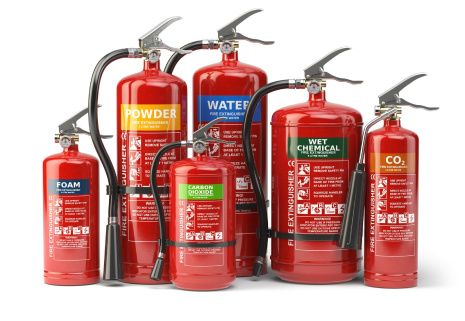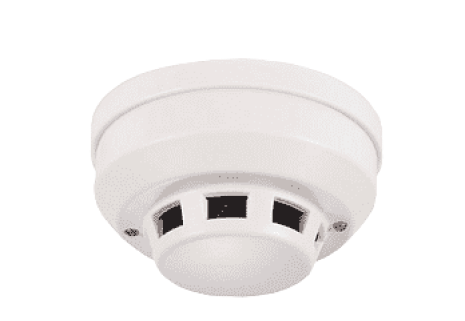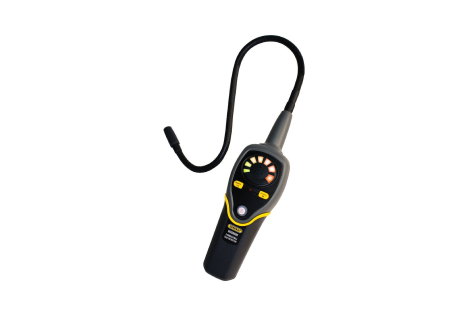Products

Fire Extinguishers
Fire extinguisher is an apparatus used to put out a small fire by directing onto it a substance that cools the burning material, deprives the flame of oxygen, or interferes with the chemical reactions occurring in the flame. Water performs two of these functions: its conversion to steam absorbs heat, and the steam displaces the air from the vicinity of the flame.

Smoke Detector / Heat Detector
A smoke detector is a sensor that detects smoke as a primary indication of fire. It provides a signal to a fire alarm system in a large building, or produces an audible and visual signal locally in a room or a home. Smoke detectors are usually housed in a small, round shaped plastic case, and placed at the roof where there are risks of fire or fire hazards.

Manual Call Point
Manual fire alarm activation requires human intervention, as distinct from automatic fire alarm activation such as that provided through the use of heat detectors and smoke detectors. They allow building occupants to signal that a fire or other emergency exists within the building. They are usually connected to a central fire alarm panel which is in turn connected to an alarm system in the building.

Fire Control Panel
The Fire Alarm Control Panel (FACP) monitors and controls all functions of the fire alarm system. It receives input from initiation devices like a manual pull station or smoke detector, and controls output for notification devices like a horn or strobe, which notify facility staff and other people in the building that the fire alarm system has detected a fire, smoky condition or system problem.

Fire Hydrant Systems
Fire hydrants with a variety of valves and connection points are seen in many places. In the event of a fire breakout, firefighters locate the fire hydrants, connect their hoses and then pump a large volume of pressurized water to put out the fire. In most cases, a fire hydrant is the primary method of firefighting in a municipal area. Laws for keeping operational fire hydrants at specific intervals and with free access in buildings, factories, urban and developed areas are an important component of fire control and safety

Courtyard Systems
Courtyard Fire Hydrant system is installed to fight fire from outside the building. These are mostly used in residential and industrial areas.

Fire Pump Room
A pump room have fire pump which is a part of a fire sprinkler system’s water supply and powered by electric, diesel or steam. The pump intake is either connected to the public underground water supply piping, or a static water source.

Gas Leak Detectors
Gas detection is done in organizations and plants where there is a chance of leakage and seepage of dangerous gas. A gas detection system is usually connected with an alarm system, so as soon as the potentially dangerous gas is detected, the alarm is set to ON automatically, which warns the workers in time to safely evacuate.

Fire Control Panel
A fire alarm control panel (FACP), the fire alarm control unit (FACU), or simply fire alarm panel is the controlling component of a fire alarm system. The panel receives information from devices designed to detect and report fires, monitors their operational integrity and provides for automatic control of equipment, and transmission of information necessary to prepare the facility for fire based on a predetermined sequence. The panel may also supply electrical energy to operate any associated initiating device, notification appliance, control, transmitter, or relay.

Sprinkler System
Fire sprinkler systems work by way of a heat sensor bulb that is contained in the head of the system. If a fire starts, the heat from the flames will rise to heat the sprinkler sensor. When the heat exceeds a set point, the sensor bulb will break and the water will spray out onto the fire. A sprinkler system is an automatic system.

Fire Safety Sign Boards
Sign Boards indicating all the essential information with regards to all the fire safety norms.

Talk Back Fire Alarm System
These devices simplify emergency communications and bulk evacuations for all kinds of facilities. With these systems, building owners and managers can grab the attention of occupants and ensure effective communication at the right period of time.

